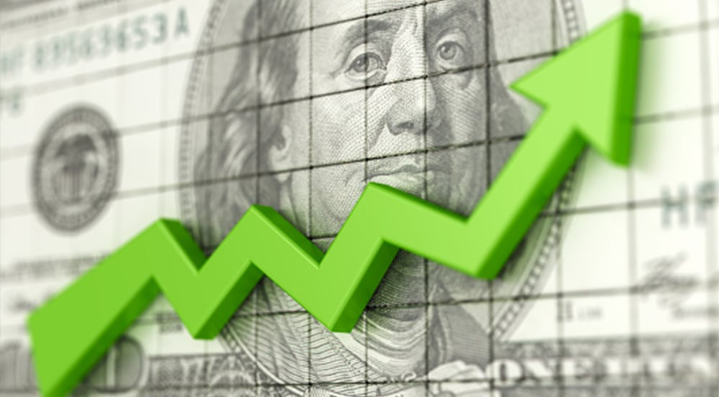Pakistan’s dPak approves Finance Bill 2024: Key Highlights and Impact on Pakistan’s Economyefault risk at a catastrophic 93% likelihood has dramatically declined by 88% since November 2022.
Key Factors Behind the Decline in Default Risk
- Stabilized Currency Rates
The Pakistani Rupee (PKR) has shown consistent stability against the US Dollar, maintaining an interbank rate of PKR 277-278 for most of 2024. This stability reduces uncertainty and fosters investor confidence in the economy.
- Improved Foreign Exchange Reserves
Foreign exchange reserves have surged to over $12 billion in December 2024, a significant recovery from the alarming low of $2.9 billion in February 2023. This boost has strengthened the country’s ability to meet external debt obligations.
- Easing Monetary Policies
Pakistan’s central bank has adopted easing monetary policies, aligning with the global trend among emerging markets. This shift has provided EM borrowers, including Pakistan, access to refinancing at more competitive rates.
The Role of Credit Default Swaps (CDS)
Pakistan’s 5-year CDS—a critical measure of default risk—has dropped by 88% since its peak in 2022. This reduction reflects improved external accounts and more stable macroeconomic conditions, which reassure creditors and investors alike.
What This Means for Pakistan’s Future
- Lower Debt Servicing Costs: With declining bond yields—down by 1,215 basis points for the five-year bond—Pakistan can refinance its debt more efficiently.
- Enhanced Global Standing: While the credit rating remains speculative (Caa2/CCC+), the reduced risk of default diminishes the likelihood of economic sanctions or penalties.
- Investor Confidence: A stable financial outlook encourages foreign investment, bolstering long-term economic growth.
Challenges Ahead
Despite these improvements, Pakistan’s political instability remains a concern. Unfulfilled financial commitments by creditors highlight the need for a stable political climate to sustain economic recovery.


